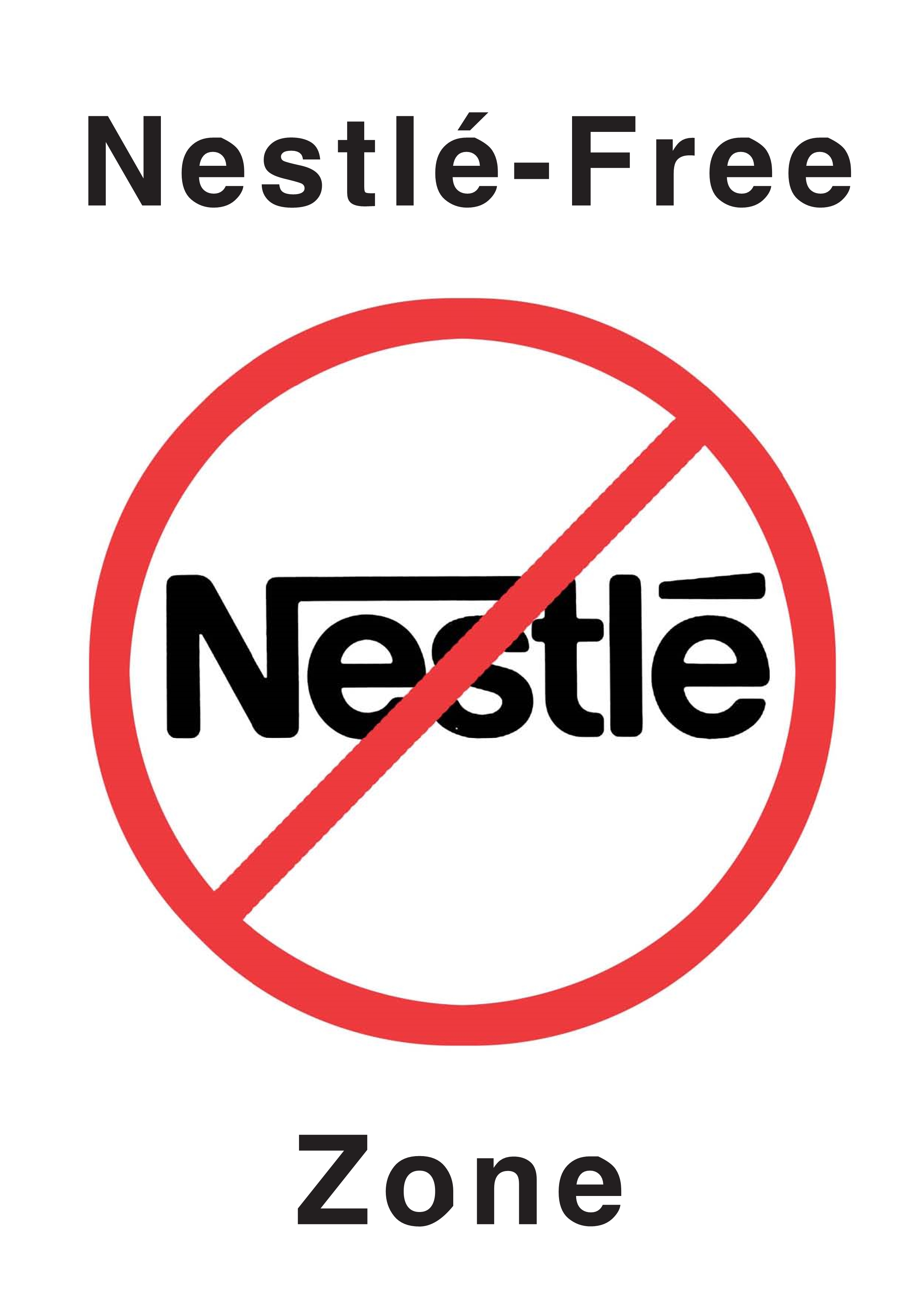A Conference Not to Miss
I’m delighted to be on the planning committee of a two-day conference geared to those helping breastfeeding families during the first month of life. “Breastfeeding the Neonate” includes some of my favorite speakers—Nils Bergman, Diane Wiessinger, Catherine Watson Genna—and to make it even more wonderful, it will be held in Orlando this coming February 8 and 9. As a Chicago native I’m thrilled to have a chance to hear some of the best speakers in our field while enjoying a little warmth and sunshine. How about you?
If you’re feeling tempted, don’t wait to register. There are only 200 seats available, and with this amazing roster of speakers, I expect these 200 seats to fill quickly. All of the conference details are available HERE. This event page also includes links to online registration. You may download the conference brochure HERE.
As another huge plus, we’ve been fortunate to secure an affordable venue that offers:
- An in-season hotel room rate of only $139 per night (until January 16, 2016)
- Complimentary airport shuttle
- Complimentary wi-fi
- Complimentary parking
12.25 L CERPs have been awarded for this event by the International Board of Lactation Consultant Examiners, and this activity has been submitted to the Ohio Nurses Association (OBN-001-91) for approval to award contact hours. The Ohio Nurses Association is accredited as an approver of continuing nursing education by the American Nurses Credentialing Center’s Commission on Accreditation.
Conference registration also includes a Dessert Reception with the Speakers on Monday evening to give you special one-on-one time with these incredible people. This conference is sponsored by Family Health Coaching, a wellness organization run by Dr. Theresa Nesbitt, the obstetrician who appears in many of the videos on my YouTube channel HERE. Dr. Theresa will also be speaking on the Neurology of the Newborn and joining me for two other talks.
Take a break from winter to update your breastfeeding skills and knowledge. What makes a breastfeeding newborn different from an older nursing baby? How should these differences inform our approach? Based on the most current research and clinical insights, our international experts will share practical and effective strategies for the initiation and continuation of breastfeeding during the neonatal period. We hope you can make it!

